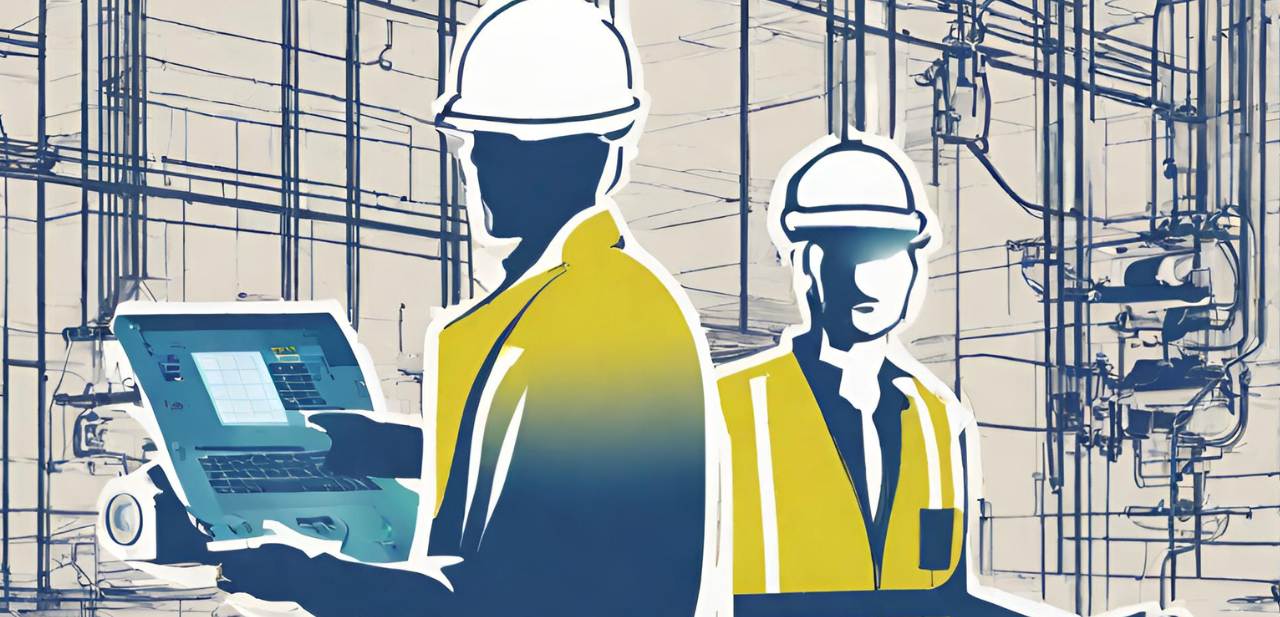
Decarbonising Industrial and Commercial Facilities through energy audits, smart technologies and energy management
Decarbonising industrial and commercial facilities is a critical step towards achieving UK net zero goals. However, the challenge lies in finding effective solutions that enable businesses to reduce their carbon footprint while ensuring uninterrupted access to reliable and affordable energy.
At the heart of achieving net zero is the need for zero carbon energy generation, embedded at the grid edge. The current grid infrastructure poses a severe limitation on the ability of industrial and commercial clients to decarbonise their business. Grid connection waiting times of up to 10 years, not before 2035, are not uncommon. And the cost of reinforcing the grid (which will be borne by the end user) is astronomical. The Energy Security Infrastructure Commission estimates that upgrading our electricity systems will require a staggering £300 billion investment. Simply put, stringing more wires across the country is not a viable solution anymore.
The shift to decentralised energy generation
The question then arises: Is centralised energy generation and control feasible when transitioning to a radically decentralised, embedded generation system? In this new system, end users have the freedom to generate their own electricity, reducing their reliance on the grid. During times of fluctuating energy costs, businesses can opt for on-site energy provision from a variety of renewable energy companies, ensuring stable and predictable costs. For instance, solar electricity can be obtained at 10 pence per kilowatt hour, compared to the typical grid retail price of 30 pence per kilowatt hour. With the increasing exposure to gas price fluctuations and the UK’s heavy reliance on gas for electricity generation, businesses are already seeking alternatives to mitigate their risks.
The UK government is making efforts to incorporate more variable wind and solar energy into the grid, but the connection backlog remains substantial. The demand for self-generated electricity is growing exponentially, making it impractical to rely solely on expanding grid connectivity. Instead, a distributed energy generation approach, similar to that seen in mobile communications networks, could be the answer. By adopting distributed generation, businesses can power their operations without the need for extensive infrastructure or grid connections. This approach has been successfully implemented in various regions, including Africa, where reliance on solar generation and storage for daily electricity needs is the norm.
Retrofitting and energy audits
Retrofitting industrial facilities for energy efficiency is a key aspect of driving net zero in the industrial and commercial space. By upgrading existing infrastructure and implementing energy-saving measures, businesses can significantly reduce their energy consumption and carbon emissions. Energy audits play a crucial role in identifying areas of improvement and developing tailored retrofitting solutions.
Through audits, industrial facility managers can gain insights into their current energy usage, assess future energy needs, and estimate future electricity costs. This knowledge allows businesses to make informed decisions and prioritise energy-saving initiatives.
Energy Management Systems and smart grid technologies
Businesses can further maximise energy efficiency by using industrial energy management systems. These systems provide comprehensive monitoring and control of energy usage, enabling businesses to identify inefficiencies and implement corrective measures. By adopting energy management systems, industries can track their energy consumption in real-time, set energy-saving targets, and automate energy-intensive processes. The benefits include reduced energy costs, improved operational efficiency, and enhanced sustainability performance.
Smart grid technologies can further enhance industrial energy efficiency. These technologies enable real-time monitoring, measurement, and control of energy usage, optimising energy distribution and reducing waste. They provide valuable insights into energy patterns and enable businesses (or even clusters of businesses) to make informed decisions regarding energy consumption. While the implementation of smart grids presents challenges, such as infrastructure requirements and cybersecurity concerns, the potential benefits outweigh the obstacles.
Demand response programs
Demand response programs empower industries to actively participate in energy conservation. These programs incentivise businesses to reduce their electricity usage during peak demand periods. By voluntarily adjusting their energy consumption levels or shifting it to off-peak hours, industrial facilities can contribute to grid stability and reliability, while also reducing energy costs. Successful demand response initiatives have showcased the positive impact of collaboration between businesses and energy providers.
Driving I&C net zero requires a multifaceted approach. By implementing energy audits, embracing smart technologies, and integrating effective energy management strategies, businesses can realistically reduce their carbon emissions and enhance operational efficiency. The focus now needs to be on practical actions and tangible solutions that can deliver real change today.
